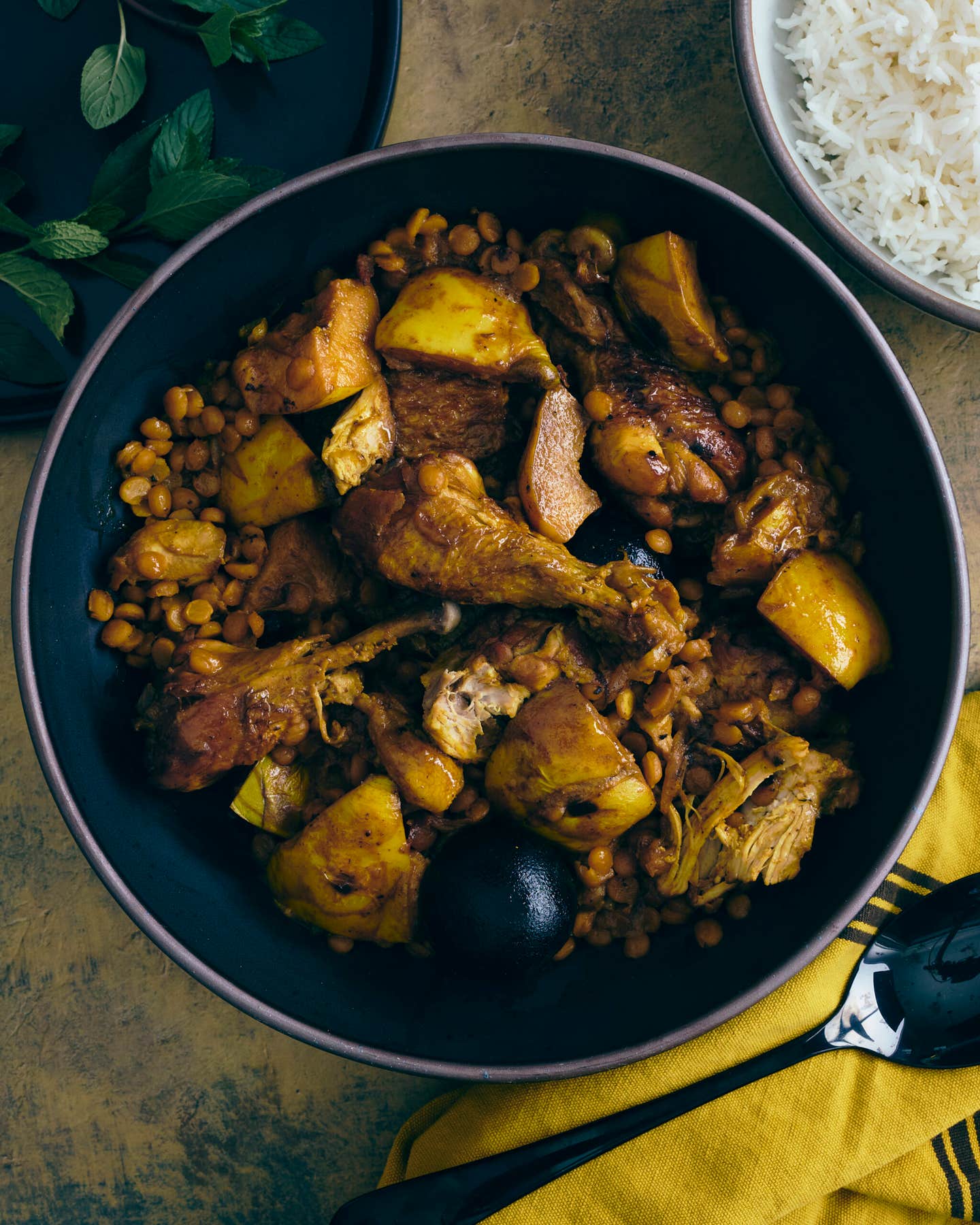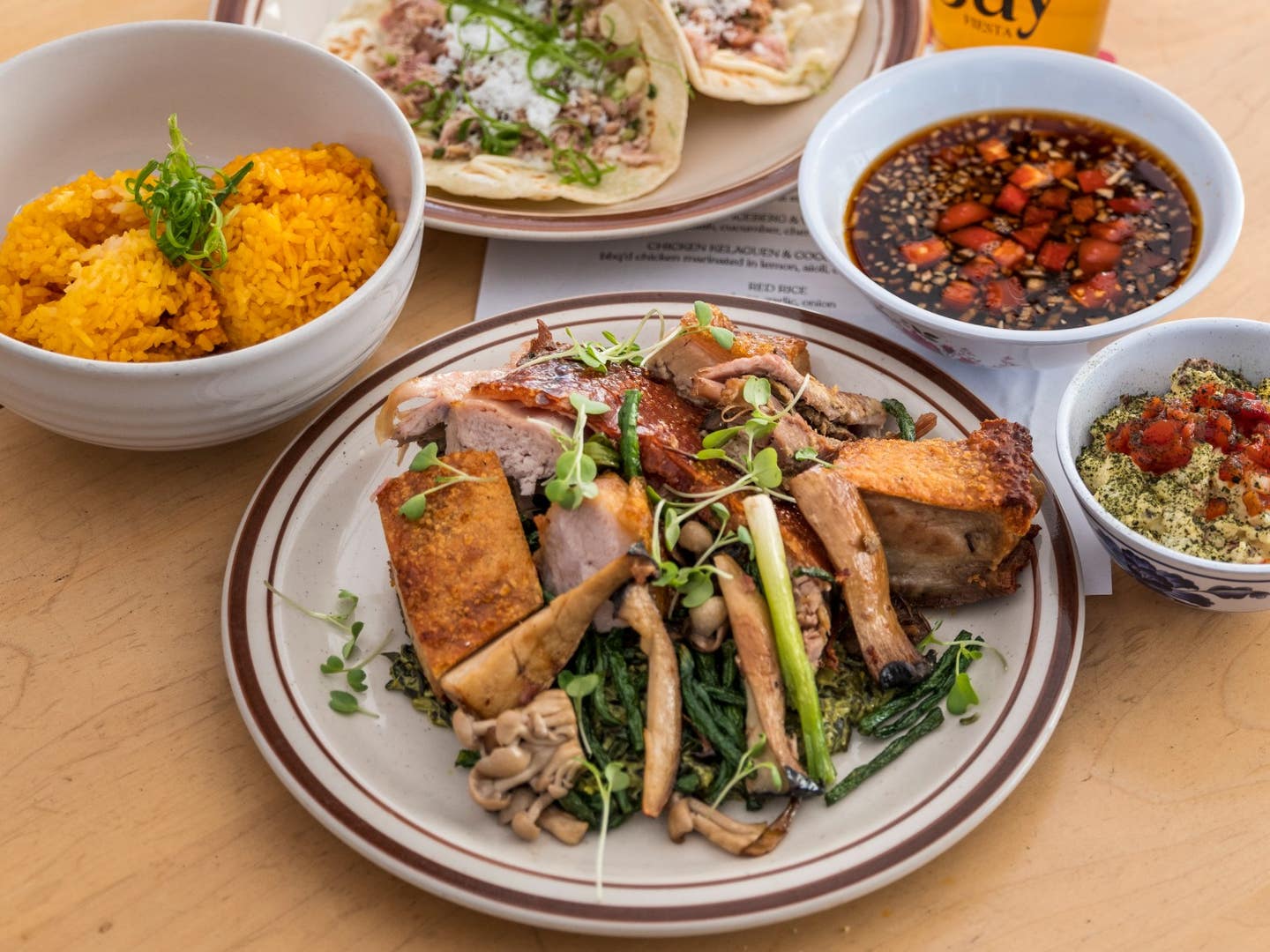
Prubechu’s Essential CHamoru Pantry
The co-founders of San Francisco’s premier Guamanian restaurant share their staples.
“When people come here, they often ask us, ‘What’s CHamoru?,’” Chef Shawn Naputi tells me from Prubechu, the celebrated CHamoru restaurant he co-owns with longtime business partner Shawn Camacho.
Technically, CHamoru (also stylized Chamorro, a Spanish exonym) refers to the Indigenous people, language, and culture of Guam—the U.S. territory and western Pacific island where Naputi and Camacho were born and raised—and the Commonwealth of the Northern Mariåna Islands in Micronesia, which includes Rota, Tinian, and Saipan.
Conceptually, however, it’s difficult to distill the character of CHamoru cuisine. Food from Guam is at once exotic and familiar: you’ll swear you’ve tried some dishes before—and you probably have, as there are many CHamoru interpretations of dishes that are popular in other cultures, such as lumpia, empanådas, and potato salad—while others are wholly distinctive.
To get a firmer grasp on CHamoru cooking, it’s important to consider the Mariåna Islands’ geographic location and history. The first islands to be settled by humans in Remote Oceania, the Mariånas were long a coveted outpost on the Pacific trade route, strategically located in relation to the Philippines, Hawaii, Japan, and Oceania. The Indigenous people of the islands are primarily of Austronesian descent, with the majority residing on Guam, the largest of the island chain. But beginning with the Portuguese explorer Magellan’s arrival in the 1500s, CHamoru natives have had to incorporate and adapt to a constant influx of outside influences, including 300 years of Spanish colonial rule, as well as occupations by Germany, Japan, and the United States. Today, you’ll see an amalgamation of these influences—in addition to those of Latin American and other Asian and Micronesian cultures, brought by people who have immigrated to the islands—reflected in CHamoru cuisine.
Naputi and Camacho say that, over time, CHamorus have adopted the dishes they liked most from these other cultures, adding them to their native repertoire and iterating them in their own distinct way. (One could also argue that CHamoru culture has influenced other cultures in return: the Indigenous CHamorus first settled the Mariåna Islands more than 3,000 years ago and developed their own culinary practices, from which foreigners likely drew inspiration during their visits to the islands or occupation of them.) In Guam, the result is a continually evolving culinary landscape.
“I think all the technical questions regarding ‘Where does this dish come from?’ only happens outside of Guam,” Naputi says, citing the oft-futile scenario of trying to pin down the provenance of any culture’s cuisine. Growing up, he and Camacho didn’t even realize that some common CHamoru dishes had originated outside the island because they were so inextricably woven into local Guamanian culture. A dish, therefore, becomes distinctly CHamoru “when CHamorus decide to put it on their table,” Camacho says.
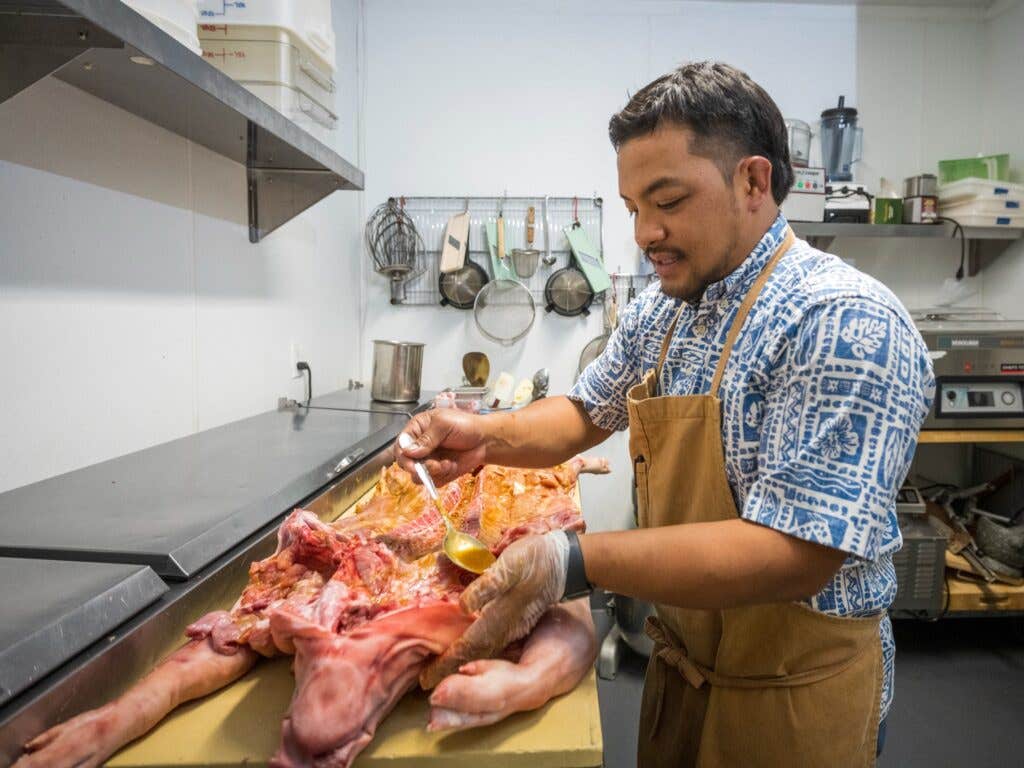
Camacho and Naputi, longtime friends who originally moved to California for college and culinary school, respectively, opened Prubechu in 2014 after years of cooking their native cuisine for friends and colleagues. Though California has a large CHamoru population compared to most other states in the mainland U.S., CHamoru food is still highly underrepresented in the country’s culinary landscape. Naputi and Camacho are trying to change that.
“Food is a focal point of every gathering, and plays a central role in family and our culture,” Camacho explains. Dishes are often prepared in large batches—sometimes with the help of the whole family and neighbors—and enjoyed communally. Camacho and Naputi strive to capture that energy at Prubechu, where they serve shareable plates and regularly host fiesta-style events, often partnering with local and Guamanian-owned breweries.
Engaging the community through food is important to Camacho and Naputi, both in Guam and at Prubechu. Naputi and Camacho credit their own community for not only helping them launch their restaurant, but also supporting them during a brief hiatus in 2018—when they were between physical restaurant spaces—and through 2020’s pandemic-related closures. Their community also connected them with their third business partner—D-Scheme Studio president and architect Marc Dimalanta, another Guam native—who helped bring to life Naputi and Camacho’s vision for their newest space in 2019.
“We started our original restaurant with less than $10,000 and staffed it with family and friends,” Camacho remembers. “Truthfully, we wouldn’t be here without the community that built us up —the guests, the encouragement and support from industry pros, the farmers who were super enthusiastic about how we were using their ingredients in very unfamiliar ways.”
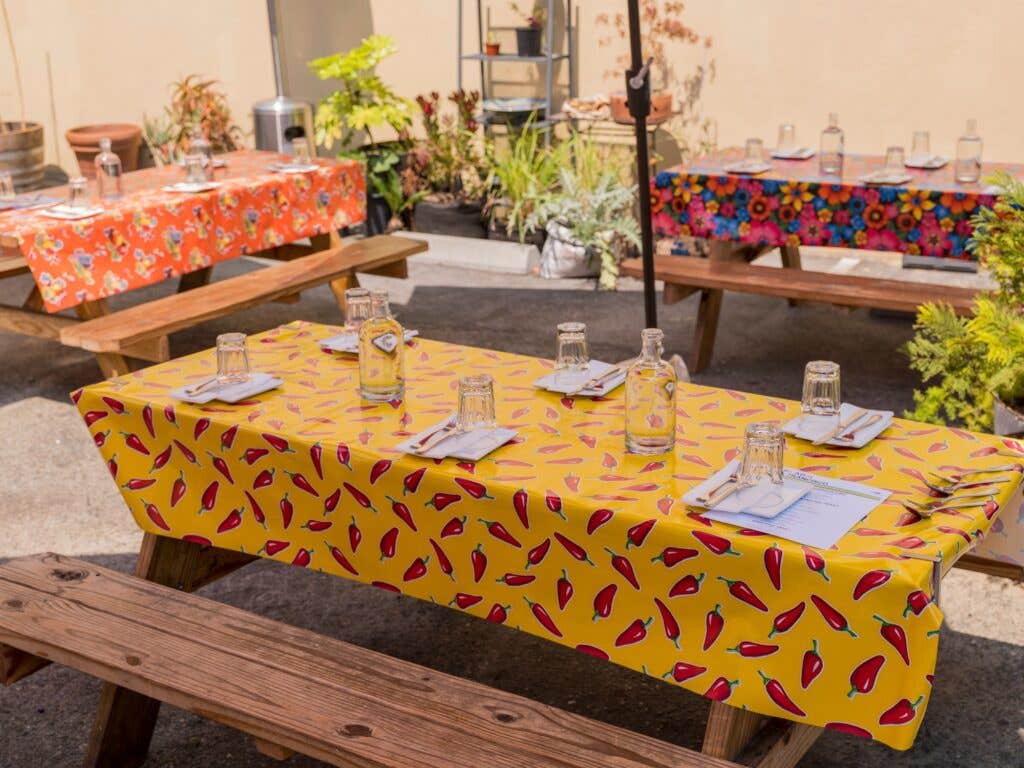
Despite the multifaceted influences that express themselves in the cuisine, CHamoru cooking relies heavily on two main pillars, Naputi says: “High-acid, high-char.” Grilling (also colloquially referred to as barbequing in Guam) and the use of vinegars and citrus are prominent in many dishes. Spice from fresh chile peppers and coconut, which Naputi and Camacho call “the tree of life on Guam,” also make frequent appearances, balancing and heightening the other flavors.
Naputi and Camacho, committed to offering patrons a genuine CHamoru dining experience, suggest certain dishes like chicken kelaguen should always be prepared as traditionally as possible. However, applying some creative spin when cooking CHamoru food is generally acceptable. At Prubechu, Naputi draws upon his experience working at an Italian restaurant early in his career, as well as his access to fresh produce in the San Francisco Bay Area, to create original takes on prominent CHamoru dishes. He might swap pasta for rice in a dish, or add ingredients that aren't available in Guam—if and only if the flavor profiles work, he emphasizes. For example, Prubechu serves a rendition of tinaktak, a coconut-braised beef that features flavors reminiscent of beef stroganoff and is traditionally served over white rice. To help diners make the connection, Naputi layers tinaktak over noodles, which he believes makes the dish more accessible to a wider American audience without disrupting the soul of the original dish.
“Our cuisine is very classic—we just add another ingredient, but we do it with the utmost care,” Camacho says of Prubechu’s way of inviting both Guamanians and non-Guamanians to the table through creativity. But no matter the dish, the goal is the same: “If someone from Guam flies in and eats our food, we want it to taste like it would taste in Guam.”
Cooking CHamoru Food At Home:
Before embarking on your own exploration into CHamoru cooking at home, Naputi and Camacho recommend stocking your pantry with the following staples, most of which can easily be sourced at your local grocery store, or at Asian or Latino markets. In addition to the ever-important barbeque grill, some tools that come in handy in CHamoru cooking are a citrus squeezer, coconut grating tool, and tortilla press—the latter of which is used to make CHamoru titiyas (coconut-infused flatbread) and empanådas.
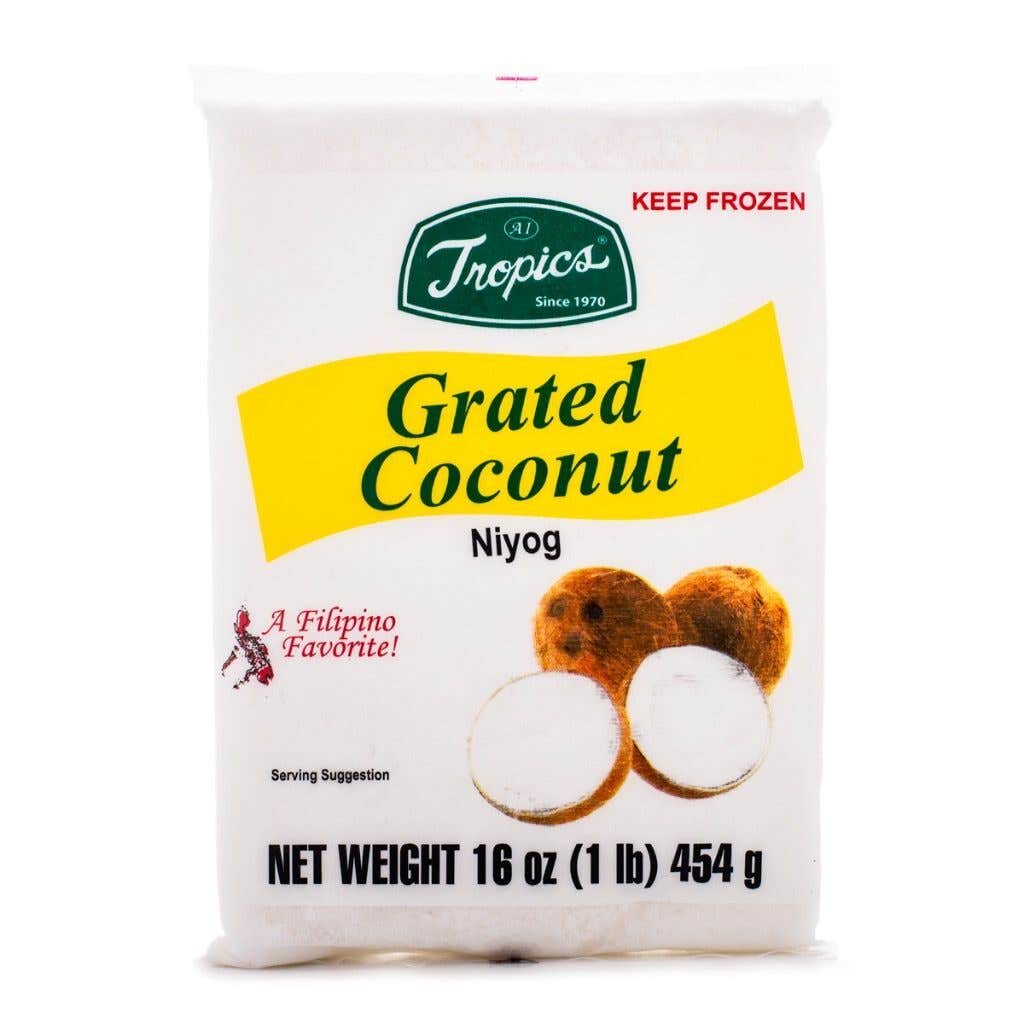
Grated coconut is a key ingredient in many iconic CHamoru dishes, including kelaguen, and sweets like coconut candy. At Prubechu, the team uses Tropics-brand frozen grated coconut, which doesn’t include added sugars or preservatives, when they are unable to grate fresh coconut on the kåmyu, a traditional Guamanian tool with a seat and star-shaped blade.
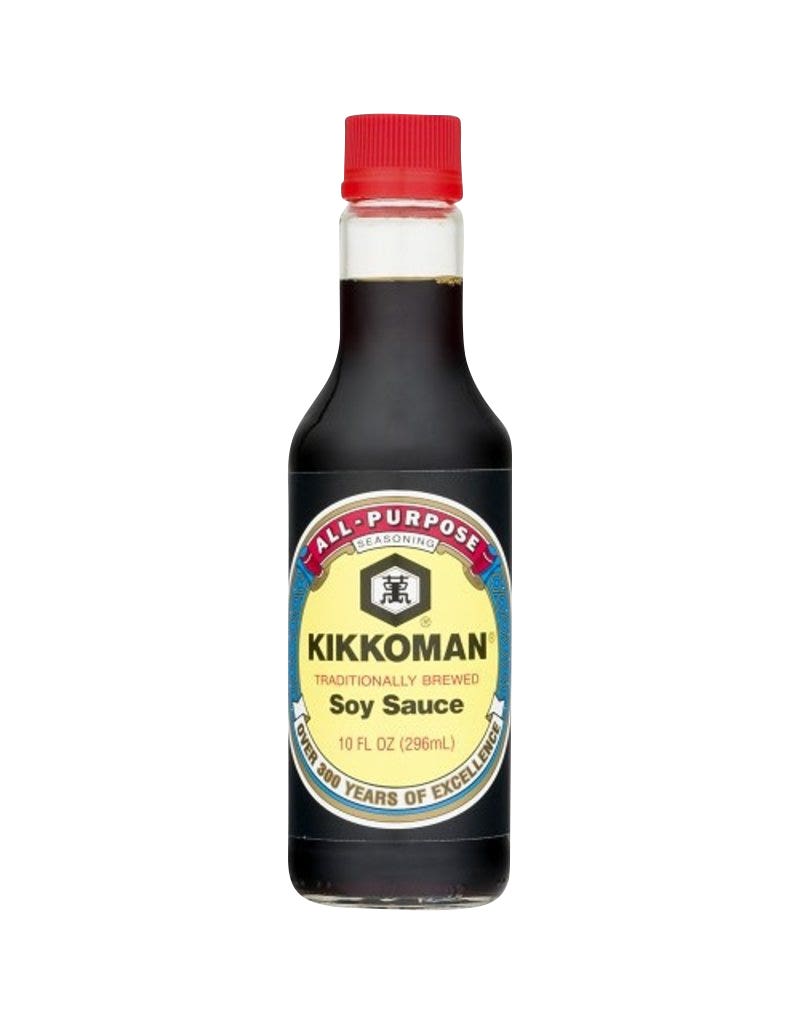
Soy sauce is the backbone of many CHamoru marinades and sauces, including piquant fina'denne', which Naputi describes as the "mother sauce" that is a permanent fixture on CHamorro tables. Prubechu's aromatic barbeque marinade also relies heavily on soy sauce as its base, conjuring Asian-inspired flavor profiles with its mild sweetness and addition of ginger. Naputi and Camacho grew up using Kikkoman-brand soy sauce in Guam, so it's become a reliable go-to at Prubechu.

In addition to citrus, vinegar also helps achieve acidic flavor profiles in CHamoru cooking. Heinz distilled white vinegar or apple cider vinegar are versatile liquids to have on hand. Naputi also incorporates white rice vinegar into dishes like escabeche, and whips coconut vinegar into Prubechu’s creamy tuba butter.
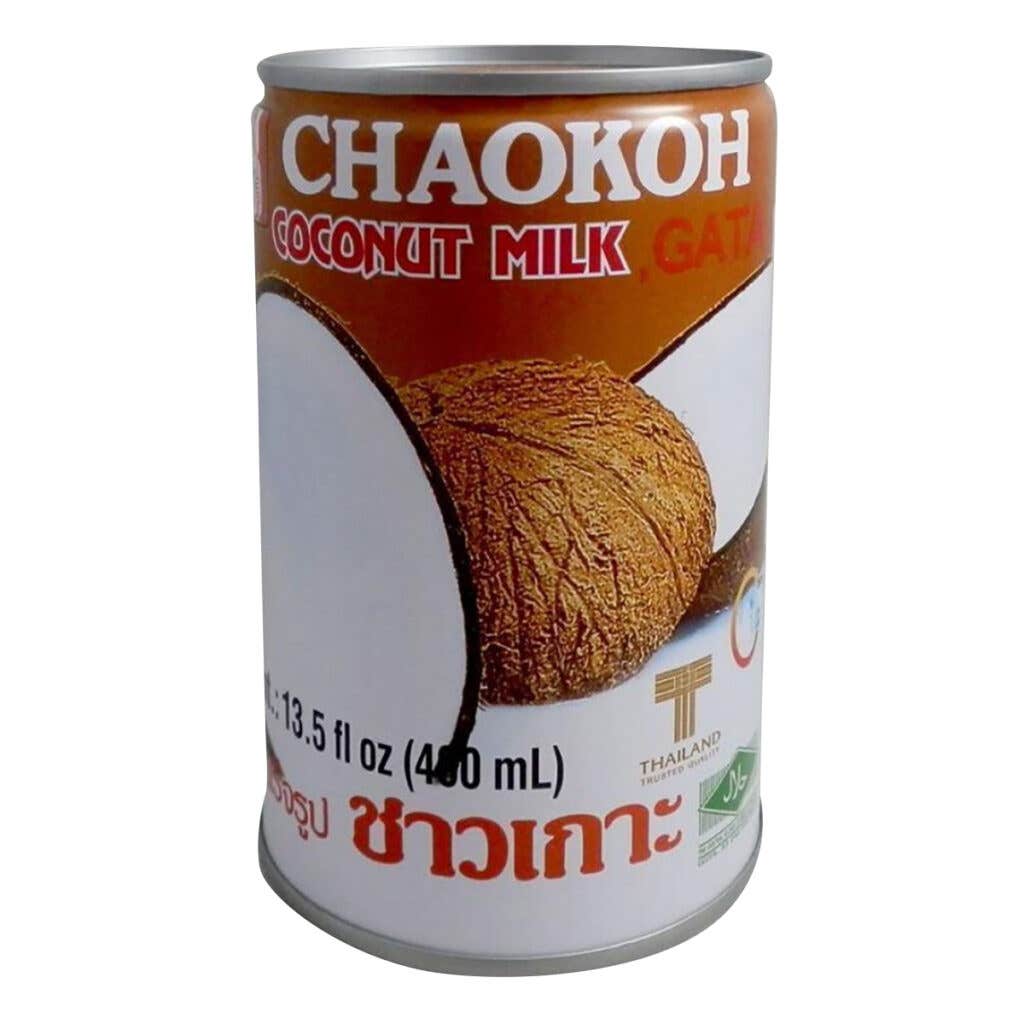
Coconut milk features in many traditional CHamoru dishes at Prubechu, including lechen biringuenas (smoky eggplant in a creamy coconut-soy marinade) and appan mendioka (coconut milk-braised cassava). Fresh coconut milk is always the best and most traditional option, but it's labor-intensive and not always possible to execute at home. The Prubechu team tested several different brands of canned coconut milk and found Chaokoh to be the next best thing.
Mamacita’s Achiote Powder
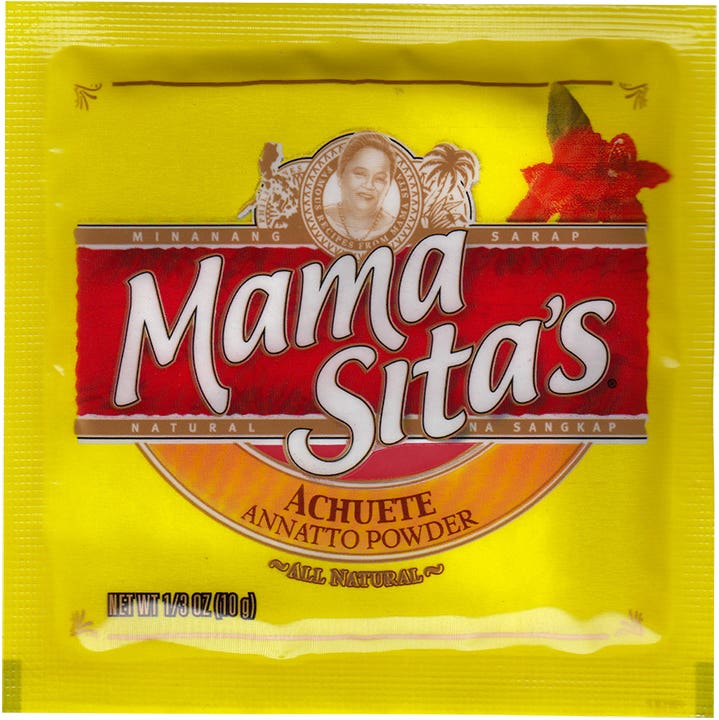
Made from ground annatto seeds, achiote powder derives from the prickly red Bixa orellana shrub and was likely first brought to Guam by the Spanish, who had also colonized Mexico. In CHamoru cooking, its subtly sweet, earthy flavor enhances CHamoru empanådas and red rice (hineksa’ aga’ga’), a mealtime staple that is typically the first dish placed at the head of the fiesta table. The Prubechu team often uses a pre-made powder from Mamacita's, a Filipino brand, when fresh achiote from Guam is not available. "In California, there are a lot of cultures that use achiote, so if you get a Latino or Mexican variety, it's usually mixed with some kind of liquid, which turns it into a paste," Camacho explains.
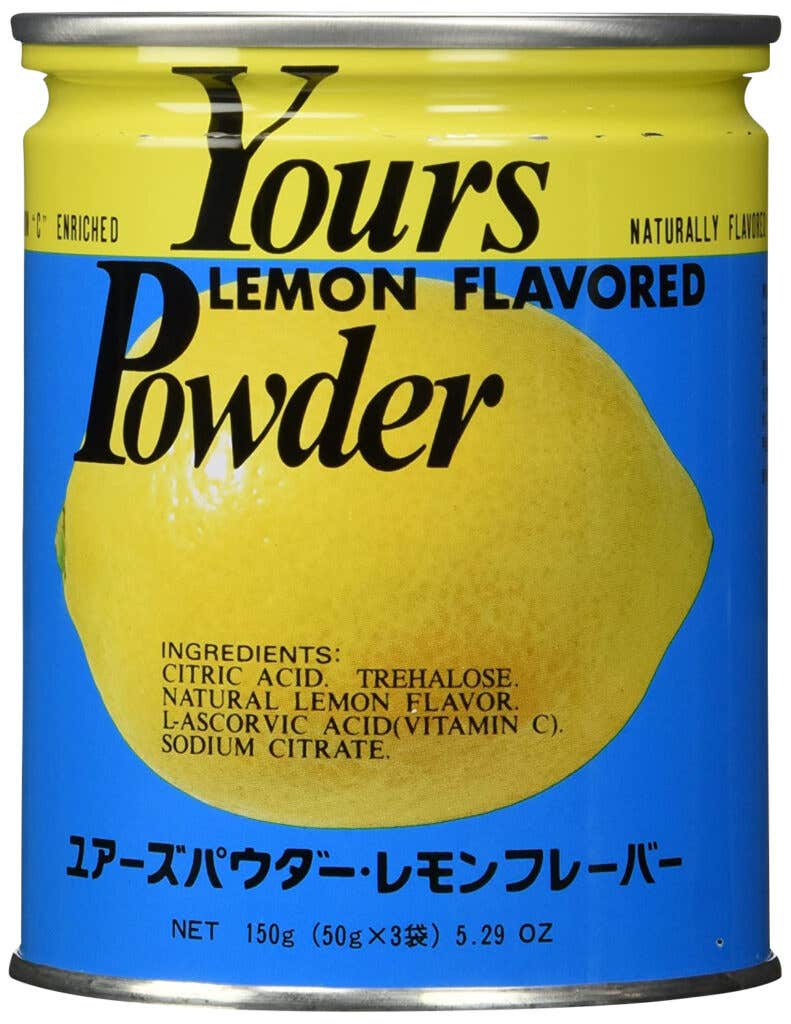
Though fresh lemon is preferable in certain recipes, some dishes require the acidic profile of citrus without the additional liquid. That's where lemon powder comes in. In Guam, Yours Lemon Powder is such a sought-after pantry staple that it's often stored behind the counter at stores to avoid theft, according to Naputi and Camacho. While Prubechu works directly with a distributor to obtain their stock of Yours, the rest of us can either order it online for a premium price (about $10 to $18 for 5.2 oz., plus shipping) or buy it in person in Guam.
Bird's Eye Chiles
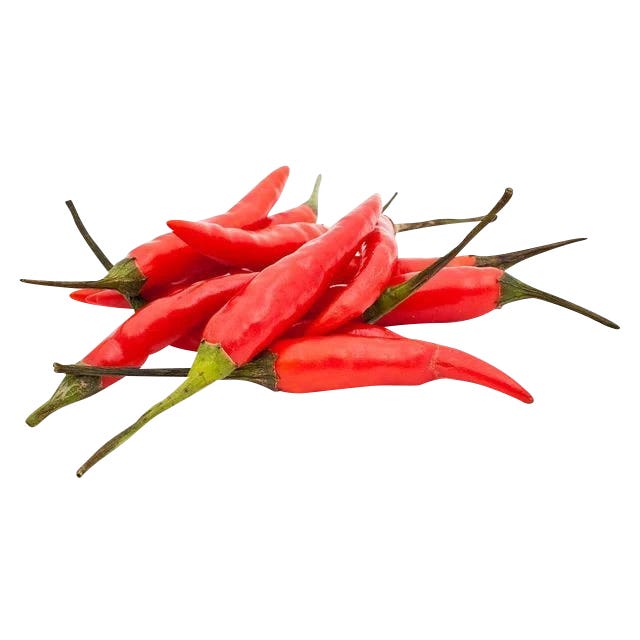
Fresh red chiles add heat to dishes and sauces like fina’denne' and donne' dinanche, a spicy paste that’s used as a condiment for grilled meats and white rice. While the Guam pepper varietals donne’ sali and donne’ ti’au aren’t always easy to find on the mainland U.S., Camacho and Naputi say red bird's eye chiles—which are more readily available at Asian markets and some grocery chains—mimic their flavor and heat profile well, offering high-intensity heat without lingering on the palate too long.
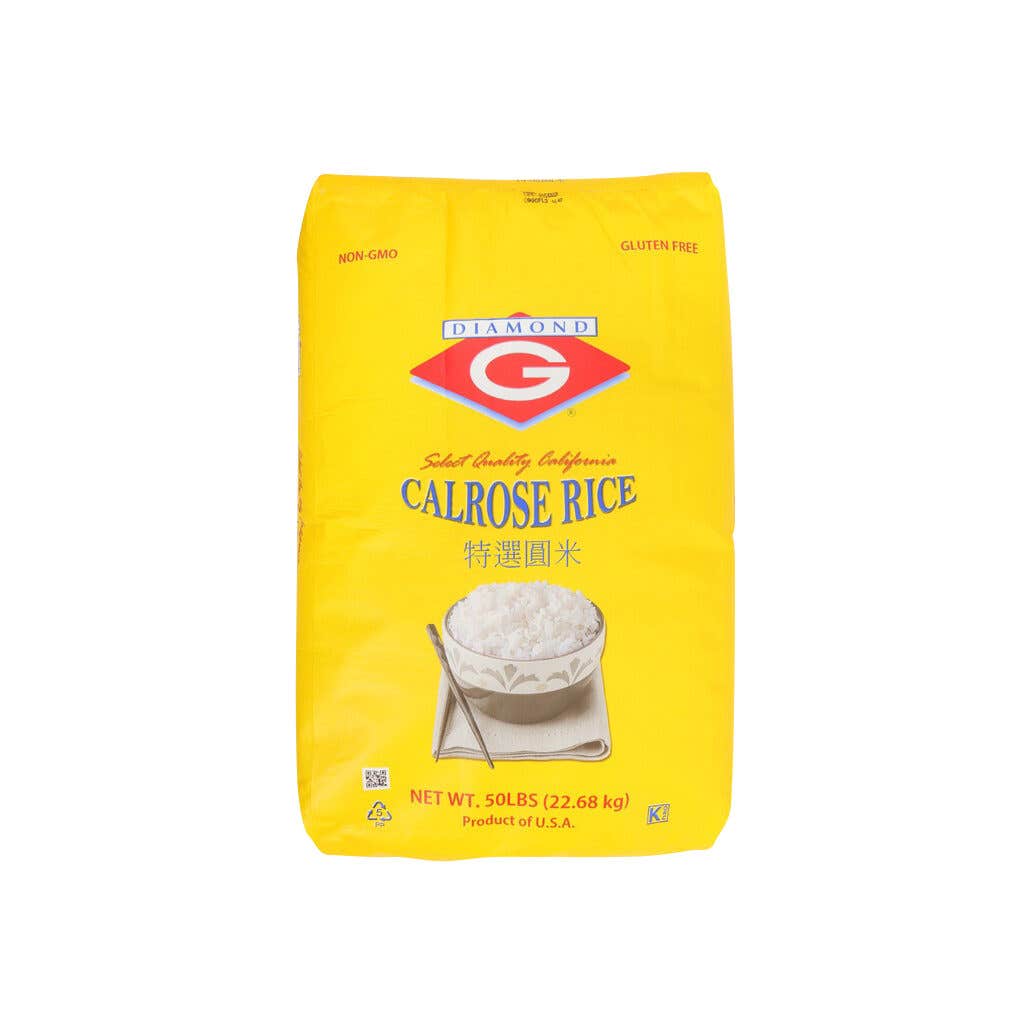
Rice has been important to CHamorus for centuries, and was even used ceremonially in ancient CHamoru culture. Today, steamed rice is a staple that accompanies most CHamoru dishes, either served plain or prepared as red rice with achiote. Naputi and Camacho prefer Diamond G Calrose rice because it's the only brand they grew up eating on Guam (likely due to the island's limited product availability), lending a taste of home to the dishes they serve at Prubechu.
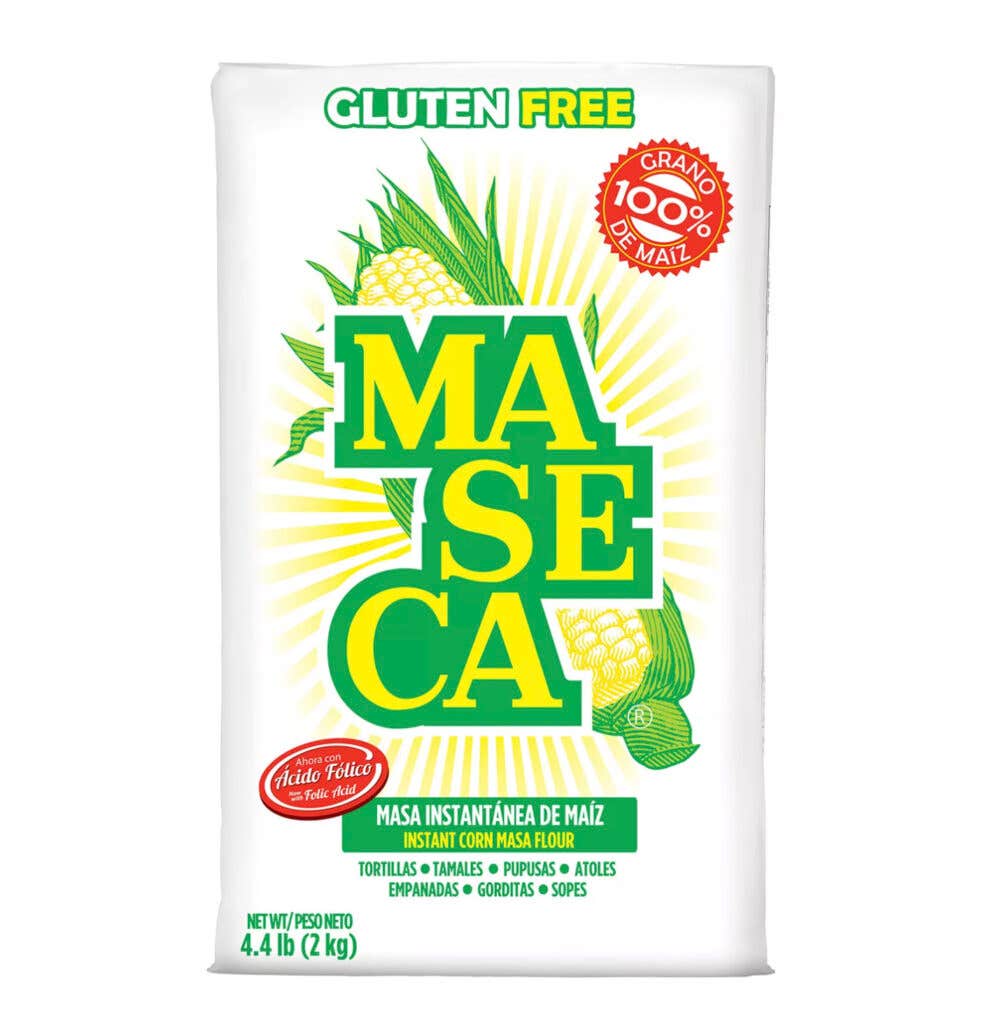
Mexicans once traveled through the Mariåna Islands on the Mexico-to-Manila trade route and likely introduced corn to the ancient CHamoru diet. For hundreds of years, CHamorus ground the corn by hand, but in modern culture, cooks use processed corn flour to make CHamoru corn titiyas and empanådas. Naputi prefers Maseca-brand masa harina (corn flour) but also sources fresh masa dough from Latino markets in San Francisco.
Recipes
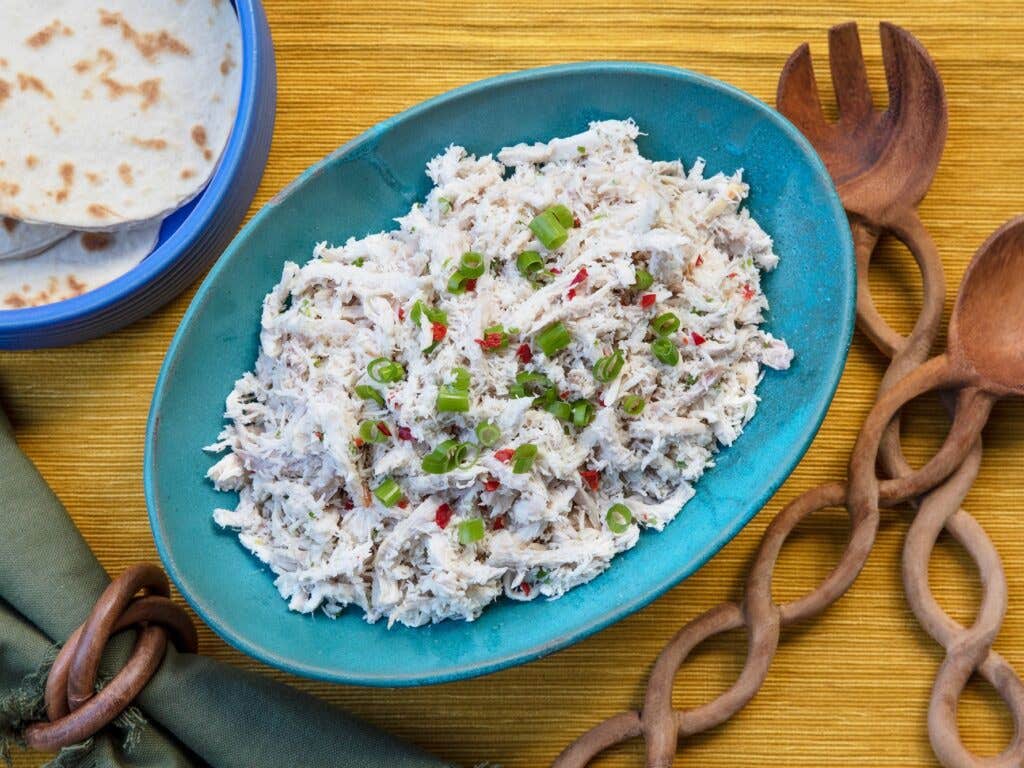
Keep Reading
Continue to Next Story









